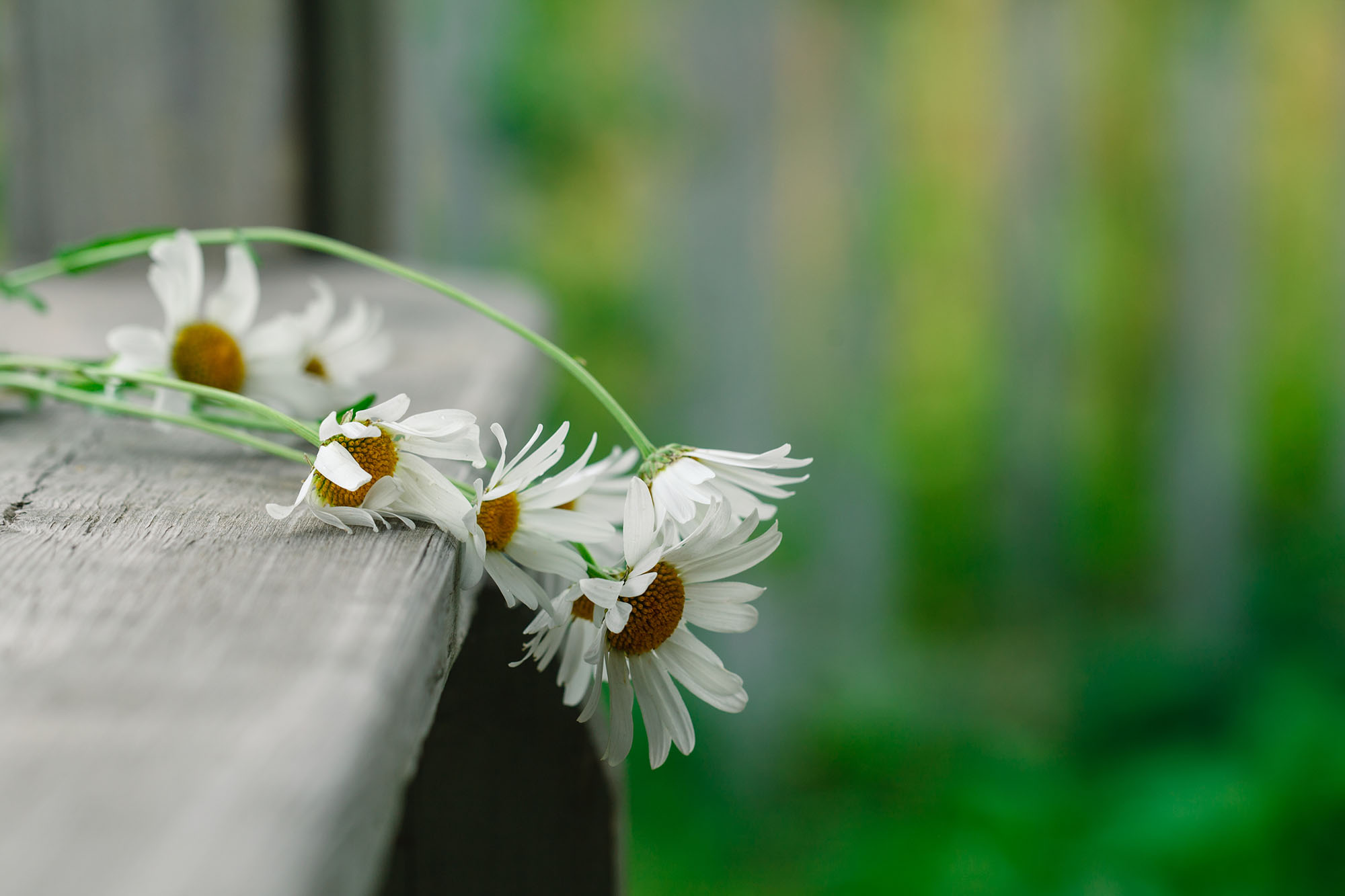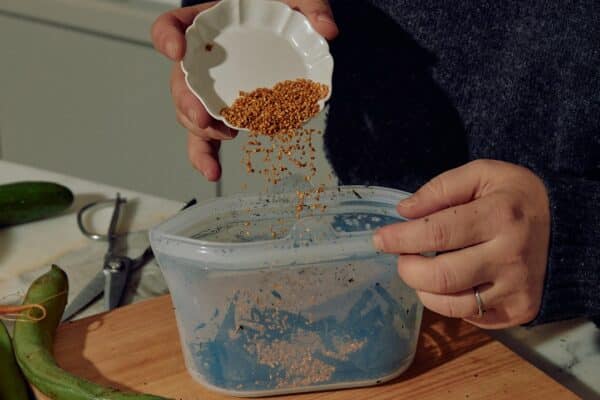You’ve sussed the reusable coffee cup, you’ve been walking to work, plastic is scarce in your household, but have you thought about how you’re going to die?
It may be a touchy subject, but from an environmental perspective, traditional burial and cremation methods are terrible in terms of emissions and waste from materials.
Body embalmment involves toxic chemicals such as formaldehyde, glutaraldehyde, and phenol, meanwhile caskets are made from unsustainable wood, plastic, or mined metals. Non-biodegradable caskets slow down the decomposition of the body, and even cremation releases carbon dioxide into the atmosphere.

I’m not suggesting that instead of going down the traditional routes, burial or cremation, the only option is your home compost bin. Surprisingly, or not, there are many eco funeral and burial options to make your final resting place an earth-friendly one.
Become a tree
What if you could continue helping the planet, even after you’re dead? Italians, Anna Citelli and Raoul Bretzel, are the founders of Capsula Mundi; a burial system that changes the way we think about death. The body is placed inside a biodegradable egg-shaped pod, either in the fetal position or as ashes. The eco-pod is placed in the ground, and a tree is planted directly on top. As the body decomposes, the nutrients feed the tree. Those mourning the loss of their loved one, can care for the tree and have it serve as a memoir for years to come.
This revolutionary idea means cemeteries would become glowing forests rather than concrete fields, and the body would not go to waste. Plus, coming back to life as a tree sounds like an ideal situation.
Get cremated in water
Typical cremation releases approximately 250 kilograms of carbon dioxide into the air. Water cremation, however, releases 50 kilograms. For those trying to reduce their impact on the planet, a water cremation, or resomation, is quickly becoming a popular way to ride the wave outta here.
During the water cremation process, the body is put into a stainless steel vessel, surrounded by a water and alkaline based solution. The temperature is turned up to around 180 degrees Celsius, and the body dissolves over the space of 3-4 hours until it has nearly completely disappeared. The liquid is sent down the drain to regular sewage treatment plants, and the skeletal remains are crushed up and turned into ashes for the family to scatter or keep in an urn.
Donate your body to a body farm
Slightly more morbid than the rest, donating your body to a body farm means forensic anthropologists, scientists, and detectives, will be eternally grateful. Huh, a body farm? It sounds as gruesome as it is. Deep breaths for this one.
To be able to understand the process of decomposition, bodies are left out on a farm in different elements and studied. A body may be left to rot in a stream, an open field, eaten by crows, or decomposed by maggots. Understanding how bodies decompose in these different situations can help criminal detectives further their skills, and develop our ideas of thanatology (the study of death). It’s gruesome, but it’s crucial for scientific advancements. Someone (or somebody in this case) has to do it!
Rock a biodegradable casket or shroud
If coming back to life as a tree or being involved in the most macabre research project isn’t for you, a simple biodegradable coffin or shroud should do the trick. Bodies are dressed in natural fabrics, such as linen and cotton, and placed in a biodegradable casket (may I suggest wicker, recycled newspaper or sustainably sourced bamboo) or cotton/linen shroud in the earth. It’s simple; it’s easy, and generally comes at a low cost.
Wear a mushroom onesie
You’ve heard of a wetsuit and a wedding suit, but I bet you’ve never heard of a mushroom burial suit. Designers Jae Rhim Lee and Mike Ma have created a suit lined with mushroom spores that eat you, rather than the other way round. These spores are specially trained to eat human flesh, and as mushrooms have a filtering quality, they cleanse the body of toxins before it decomposes back into the earth. The mushroom suit turns us into rich, lush soil.
The suit looks like a head to toe ninja outfit or pajama onesie, that is put on the corpse before it is buried. The clean soil (once a body) nourishes the earth and plantation around it, meaning this method of burial is good for the planet in every way.
Get dropped off at sea
The favoured way to go for sea lovers and ex-naval officers, sea burials are a gentle way to enter the after-life. Bodies are placed in biodegradable coffins, taken out to the perfect spot, dropped into the ocean to float for a few moments, and then sink to the ocean floor to break down. Of course, permits also have to be gained, so ocean patrols know not to ruin the funeral by calling the cops.
Rather than stick to the norm, why not leave this planet by donating your remains to the earth. Choose the ultimate zero-waste option by growing a tree and nourishing the forest around you, disappear into thin air through water ways, assist with research projects, get eaten (thankfully not eaten alive) by mushrooms, or swim with the fishes: literally. Concluding the ultimate eco-life by lying in a plastic casket with chemicals in my veins, would be hilariously ironic. No thank you.
I don’t know about you, but when I die, I want to be a tree.


